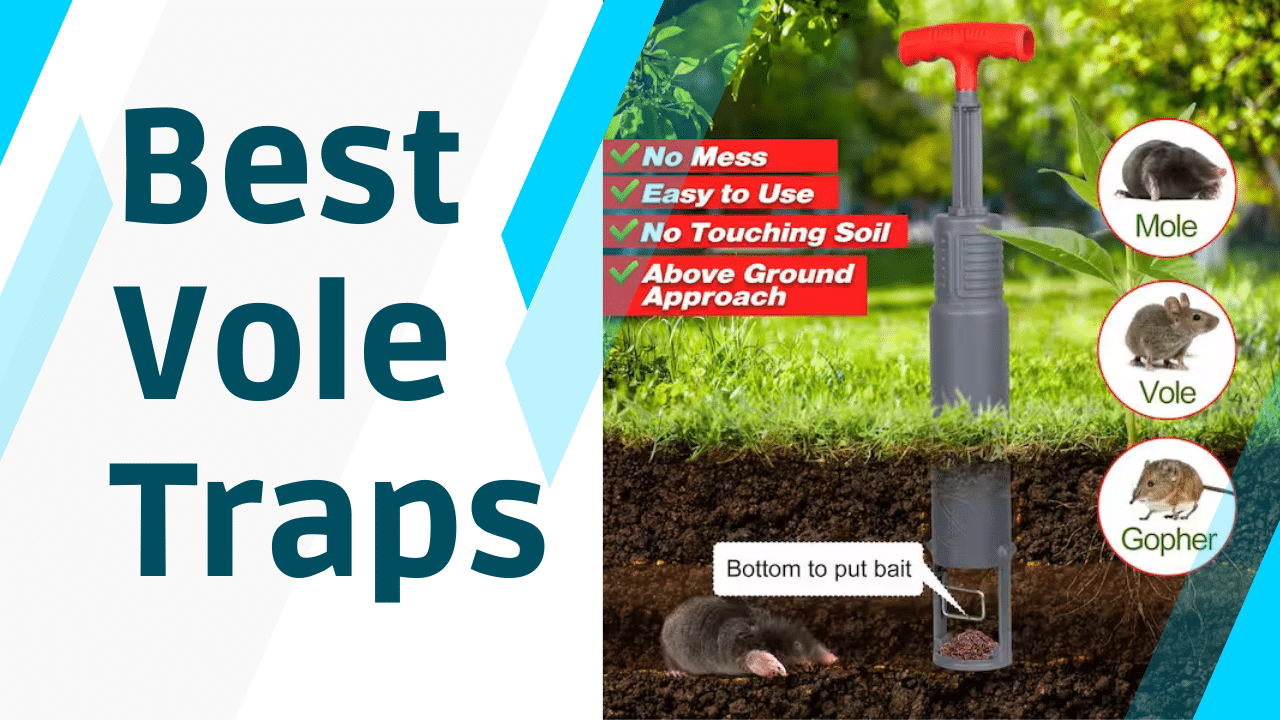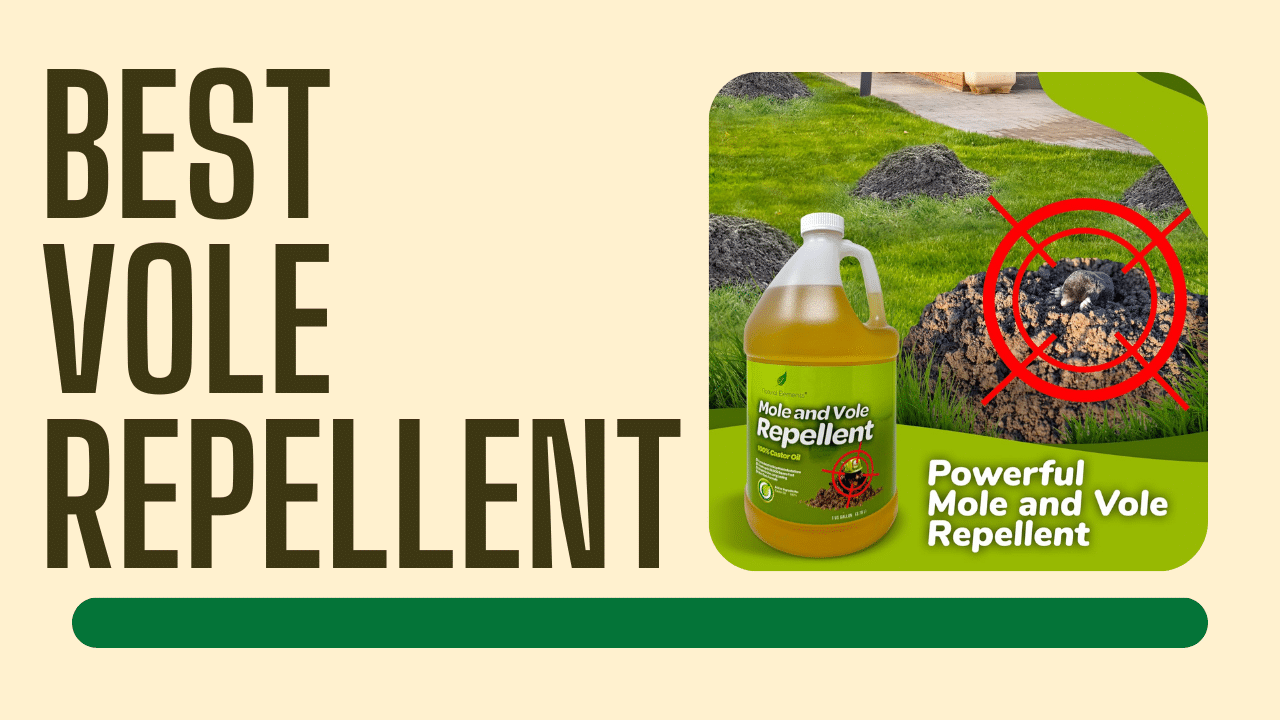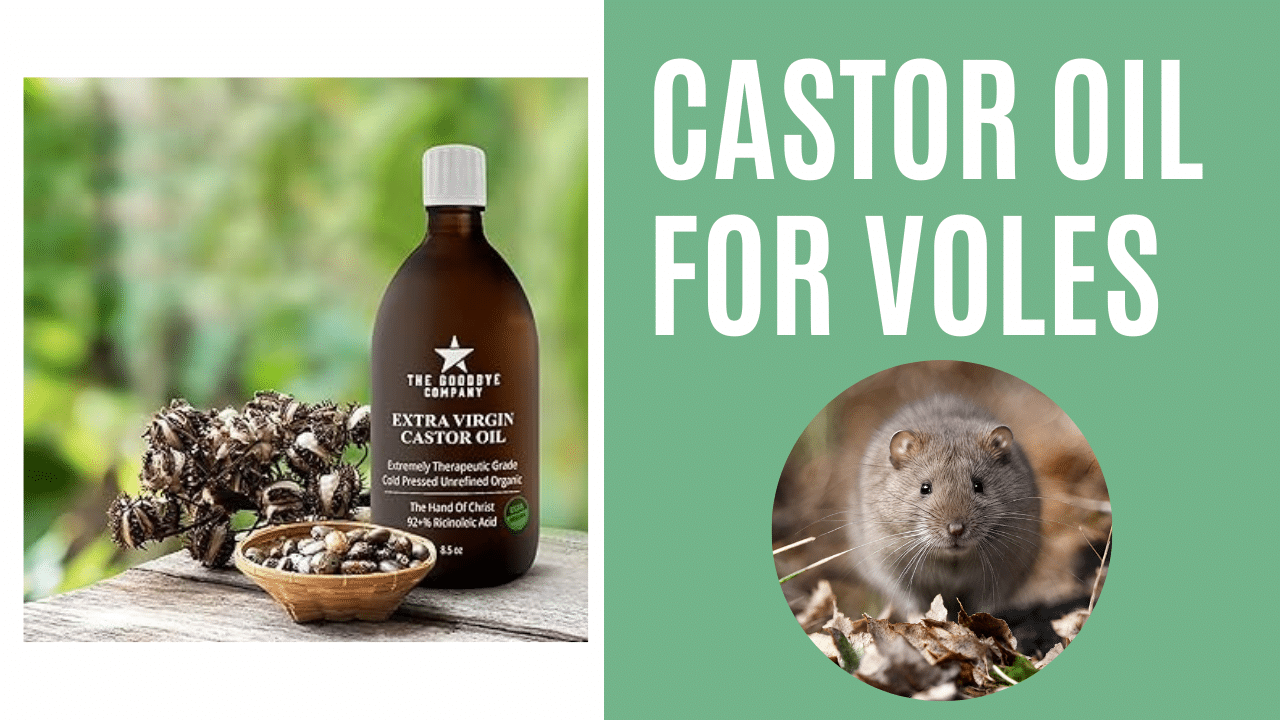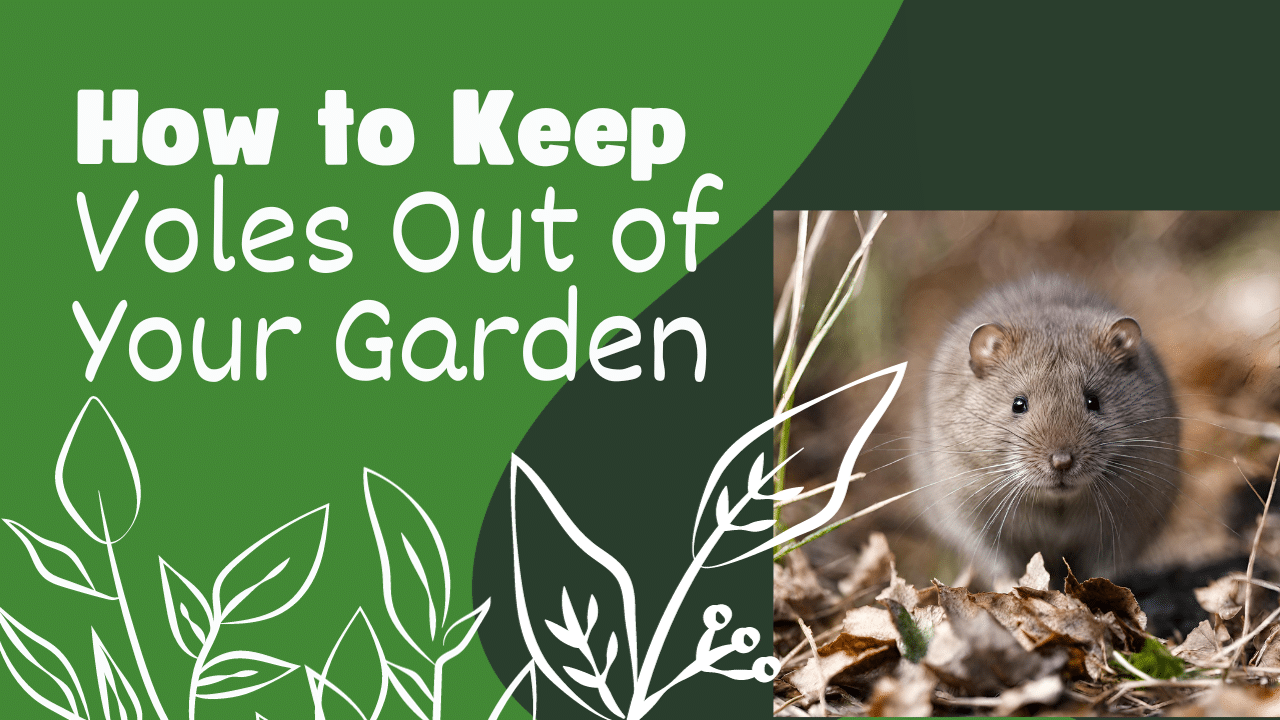
Ground squirrels are infamous for causing extensive damage to peoples’ yards and homes. They can quickly burrow underneath foundations and decimate gardens and yards in a short period. Thankfully, there are many ways of how to get rid of ground squirrels.
These include humane tactics such as deterrents and repellents, fencing and barriers, and removing food and water sources and hiding spots. In more persistent cases, trapping, baiting, poisoning, and fumigation may be used if permitted in your area. Professional exterminators can also evaluate the problem and offer solutions to get rid of ground squirrels.
Read on to learn more about what exactly are ground squirrels, how they differ from tree squirrels and chipmunks, and ultimately how to get rid of ground squirrels.
What is a Ground Squirrel?
Over 285 species of squirrels live all around the world, and 62 of these species are considered ground squirrels.
Ground squirrels are often confused with tree squirrels and chipmunks due to their similar burrowing behavior or coloring.
They typically have streamlined, non-bushy tails. Some ground squirrels have mottled-like gray or brown fur with white marks on their tails. Others have speckled cheeks or stripes along their backs, making them look like chipmunks at a glance.
Ground squirrels spend most of their time burrowing and tunneling in the ground in colonies of 2 to 20 animals. These burrows are extensive, ranging from 5 to 20 feet long.
Their burrows have places for them to sleep, hibernate, escape extreme temperatures and predators, cache food, and raise offspring.
Ground squirrels live in hillsides, meadows, gardens, fields, and bordering crops. Here, they eat a diet of grasses, seeds, fruit, fungi, and insects.
Ground Squirrel vs. Squirrel vs. Chipmunk
The following table briefly illustrates the main differences between ground squirrels, other (tree) squirrels, and chipmunks.
Characteristic | Ground Squirrel | Tree Squirrel | Chipmunk |
| Size | 7 to 27 oz.; up to 12 inches long | 14 to 24 ounces; 14 to 16 inches long | 2 to 5 ounces; 8 to 10 inches long |
| Color | Red, gray, brown, tan; stripes or speckled patterns | Red, gray, brown, tan | Reddish-brown with dark brown and white stripes |
| Tail | Subdued; runs with it trailing behind | Bushy; runs with it trailing behind | Fuzzy and bushy; runs with it held up |
| Lives In | Burrows | Trees | Burrows |
| Litter Size | 5 to 8 | 2 to 4 | 2 to 5 |
| Behavior | More aggressive; causes extensive damage to the ground and vegetation and structural foundations | Can cause damage in attics and other manmade structures, some vegetation damage | Causes extensive damage to the ground and vegetation |
| Scientific Name | Marmotini | Sciurus | Tamias |
Ground Squirrel vs. Tree Squirrel
Ground and tree squirrels are very similar in size.
Mature ground squirrels typically weigh 7 to 27 ounces and are up to 12 inches long. Tree squirrels are 14 to 16 inches long and weigh up to 24 ounces.
Tree squirrels tend to be a neutral gray, brown, or red color with a big bushy tail. Ground squirrels have tails that are more subdued and not bushy, like other rodents.
Ground squirrels can be colored like tree squirrels or have stripes.
They both run with their tail held out behind them.
Tree squirrels build nests and live in trees and other high places, such as attics. Even though ground squirrels can climb trees, they spend most of their time in expansive burrowing systems.
Ground squirrels tend to cause more damage due to their burrowing behavior and consumption of entire plants, often burrowing along and under foundations causing structural damage.
However, tree squirrels can cause significant damage if they enter a person’s attic by chewing on electrical wires and pulling out insulation for nesting.
Ground squirrels have average litters of 5 to 8 babies, much more than a tree squirrel’s 2 to 4 offspring. This results in an infestation rather quickly.
Ground Squirrel vs. Chipmunk
The striping patterns and burrowing behavior of many ground squirrels can confuse what creature they are.
Both chipmunks and many species of ground squirrels have striping patterns extending from the head down along the body.
To tell them apart, take note of the tail. Chipmunks have fuzzy, bushy tails that they hold up when they run. Ground squirrels have dirt-colored tails that are not bushy. They run with their streamlined body and tail low to the ground.
Both can cause extensive damage by burrowing underneath structures, trees, and vegetation. Since ground squirrels are bigger than chipmunks, their burrows are bigger, creating sinkholes that can easily trip a person and allow rainwater to pool.
Ground squirrels cause more damage to plants than chipmunks because they eat whole bulbs and plants, including flowers and roots.
Ground squirrels are much larger than chipmunks, with lengths up to 12 inches long and weighing up to 27 ounces. Chipmunks only weigh 2 to 5 ounces and range in length from 8 to 10 inches.
Chipmunks have fewer babies in a litter than a ground squirrel, birthing 2 to 5 offspring on average.
If you encounter a ground squirrel, it may be more aggressive than a chipmunk which tends to scurry away. Ground squirrels will fight other animals over food, bite or attack if cornered, and defend their burrow.
Evidence Of Ground Squirrel Damage
In addition to physically seeing ground squirrels, you will notice extensive damage to your backyard landscaping. Sheds and other structures may start to shift on their foundations as well.
This damage is caused by their need to burrow homes, consume food sources, and file their ever-growing teeth.
Damage from ground squirrels may include the following:
- Exposed, open tunnels with mounds of dirt (entrance is typically near the base of trees, plants or piles of debris)
- Burrow holes approximately 6 to 8 inches in diameter
- Uneven ground with divots and holes
- Pooling and standing water
- Chew marks on patio furniture or building materials
- Dead patches of grass
- Chew marks on fruit and ornamental trees
- Girdled or killed trees, shrubs, and vines
- Damaged irrigation lines, sprinklers, levies, and water retention systems
- Consumed bulbs, vegetables, and plants
- Uprooted flower beds
- Attic invasion and destruction of wiring, wood, and insulating materials
- Pulled off house siding and trim
- Cracked home, shed, and pool foundations
- Cracked concrete slabs and patios
- Stolen chicken eggs from farms
- Feces that spread disease, such as flea-borne sylvatic plague
What Attracts Ground Squirrels
Ground squirrels are attracted to a few things that your yard may offer them easy access to.
Food Sources
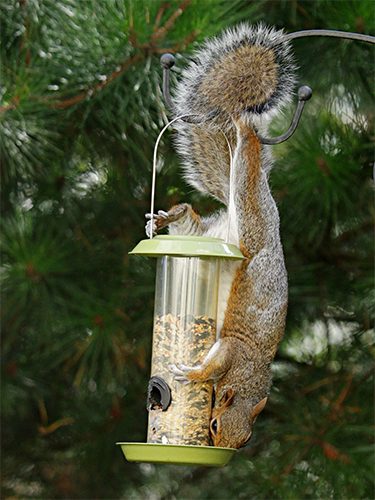
If you have vegetable and flower gardens, these offer an ample supply of food and a way to hide the entrance to their burrow.
They will also eat pet food, chicken eggs, acorns, walnuts from trees, fungi, frogs, and human garbage found outside.
Water Sources
Along with food sources, easy access to water is desired by ground squirrels. They will drink water from a pond, lake, water feature, swimming pool, or sprinkler system.
Shelter And Space
Ground squirrels do not need much space to burrow but tend to burrow in large, grassy areas typically.
However, they will make do with lawns or garden beds or they will burrow directly underneath foundations. Burrows can also be found under decks, porches, sheds, garages, homes, and pools.
Mates
Lastly, they may invite mates to your location if you already have a ground squirrel problem. This will end up with more offspring and damage in your yard.
How to Get Rid of Ground Squirrels – 13 Methods
Ground squirrels can multiply rapidly and build upon their burrows each year. They hibernate in the winter and are more active in the spring and summer.
Once you have identified that you have a ground squirrel problem, you must take action to deter and eliminate them from your property.
Many of these strategies are the same as removing squirrels from attics, using repellents, decoys, baiting, traps, and more.
Remember that many states have regulations and laws about using lethal traps and rodenticides.
These methods pose risks to the environment, human health, and other wildlife. If you are unsure, contact your local wildlife rescue or professional exterminators for more information.
1. Natural Sprays
- Safe for people, pets, and the environment. Contains NO harmful chemicals or poisons, and has NO foul odors.
- Scent - Cinnamon
Spraying cayenne or capsaicin pepper, garlic, or castor oil around foundations and gardens is a natural way to deter ground squirrels.
They are less likely to burrow with these scents around. Additionally, these sprays will not cause harm to other wildlife or human health or add toxins to the soil.
These natural sprays typically must be reapplied once or twice a week and after rainfall.
DIY Sprays: What To Do
To make a spray, soak a cup of pepper or garlic in hot water for 12 hours, and restrain it, keeping the liquid.
Add in a squirt of dish detergent and pour into a spray bottle. The dish detergent helps the stinky water “stick” to surfaces.
Mix ¼ cup of the oil with 2 tablespoons of dish detergent for castor oil, Mix this with a gallon of water and then pour it into spray bottles.
2. Soaked Rags
You can hang ammonia-soaked rags around your yard to create an offensive odor.
Since ammonia has safety precautions, you can opt for a naturally offensive odor by using apple cider vinegar-soaked rags instead.
These will need to be soaked again once they dry and after rainfall. Keep them out of reach of children and pets.
3. Predator Urine
Wolf, coyote, and fox urine can help deter ground squirrels since they are predators of ground squirrels.
Urine spray will need to be reapplied according to instructions and after rainfall.
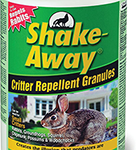
4. Herbs & Plants
Certain plants and herbs smell or taste bad to squirrels. Planting these around your gardens can help keep them away.
The following plants and herbs are helpful deterrents:
- Garlic
- Mint
- Marigolds
- Lavender
- Narcissus
- Castor bean
- Crown imperial
5. Predator Decoys
Snakes and owls are predators of ground squirrels, so you can place them near their burrows and where they are damaging vegetation.
These can be effective; however, they must be moved around at least once a week. Or else, the squirrels can get used to them once they realize they do not pose a threat.
Decoys typically work best in conjunction with other strategies in this article.
6. Noise Repellents
Ultrasonic motion-activated devices and windchimes can scare ground squirrels away from your property.
Move them every couple of weeks, so they do not become accustomed to their positioning.
You can also try motion-activated noise devices that produce the sounds of predators, such as hawks or dogs.
7. Motion-Activated Sprinklers
Motion-activated sprinklers can also scare away ground squirrels. These startle them and make the area undesirable for burrowing.
8. Pets
Outdoor dogs and cats will chase ground squirrels away. Make sure they are up to date on vaccinations to avoid spreading disease in case of any pet and squirrel close interactions.
9. Traps
Ground squirrels can be challenging to trap since they are naturally suspicious and cautious.
If traps are allowed in your area, these can effectively remove a squirrel from your property. For example, local wildlife control may have catch-and-release traps you can borrow.
Traps are typically placed near their droppings, burrow entrances, or where they are eating your vegetation.
Trap Considerations
Remember that trapping a squirrel does not prevent new squirrels from coming to your property. Also, many traps only catch one squirrel at a time. Trapping requires time and patience if you have a family of ground squirrels.
Traps can also catch non-targeted wildlife and pets. Opt for natural bait instead of poison. In addition, rodenticide is harmful to other wildlife and pets that may eat a deceased ground squirrel and poses a risk to human and environmental health.
Safe baits to lure squirrels in are sunflower seeds, cracked corn, peanuts, fruit vegetables, or peanut butter. Prevention and repellant strategies should be utilized as well.
Cover the trap with twigs or soil to make it look like a natural mound. Make sure you keep the entrance clear.
Stay away from the trap for a few hours so you do not bring attention to it with your presence.
Shooting squirrels is generally not permitted, and traps are more effective.
Types of Ground Squirrel Traps
There are different kinds of traps, such as the following:
Catch-and-release/box: These can have push or pull mechanisms, using a trigger-released bait point that traps a squirrel inside.
- Even though this is a humane live trap, this one often requires a permit; otherwise, the squirrel may need to be euthanized.
- Some box traps lethally harm squirrels with their operating mechanism.
- Release a captured squirrel at least 3 miles away from your property, preferably traveling over a body of water.
- Never release a ground squirrel onto someone’s private or restricted property.
Snap: This style has a spring-loaded mechanism that lethally crushes the neck or spine of an animal.
- A deceased animal should be handled and disposed of according to local regulations.
Conibear: These kill traps are placed un-baited directly inside burrow tunnels.
- They may be installed with a funnel of roofing paper at the entrance to minimize light reflection off of the trap.
10. Physical Barriers
Physical barriers are exclusion devices or strategies to prevent squirrels from entering your property.
Professional fencing can be installed to discourage burrowing. The posts must be embedded at least 2 feet deep, and hardware cloth (wire mesh) is often lined underneath the surface.
However, fencing is an expensive option that can also be ineffective, even though ground squirrels spend most of their time on the ground, they can climb.
Fencing typically can discourage burrowing, but they may enter your yard if you have ample food and water supplies. They can create a burrowing system underneath the foundations if they can get in.
While fencing may not keep them out of your yard, you could use them for garden protection. Ideally, you’ll also want the fencing to go over the top of your garden.
Another option is to fill any holes with chunky gravel. This will make it harder for a squirrel to burrow through in that particular spot.
11. Fumigation And Poison
Fumigation is pumping smoke or placing gas or carbon monoxide devices into burrows. The fumigant will suffocate or poison the squirrels.
This works best when the ground is naturally moist. If smoke can be seen rising from any cracks or holes, they have to be sealed immediately to keep it inside the burrows.
Fumigation should never be done in burrows along structures where people live.
Depending on where you live, gas cartridges are commercially available or provided by local agricultural commissioner offices.
- Works extremely fast
- Individually wrapped bars
- Proven to work
Poison typically has restricted (or impermissible) use and may consist of aluminum phosphide, sodium nitrate or nitrite, or magnesium phosphide. Consumed poison and anticoagulant baits are typically used when ground squirrels are actively feeding.
Follow all safety precautions when using fumigation or poison. In many cases, squirrels will die and decay directly in the tunnels. Prevent pets from digging to reach them inside.
Some people will use water to flush squirrels out of the burrow. However, this is typically ineffective, and they will return to their home once it dries out. Or even worse, they will burrow somewhere else in your yard.
12. Commercial Products
Commercially formulated and produced squirrel deterrents, products, and repellents can be purchased.
These may include bitter-tasting gels and creams, odor-releasing granules or pouches, sprays, spiky mats, and more. Many are non-toxic, but ensure you read all product usage information.
13. Professional Help
If the ground squirrels do not leave, it may be time for professional help. They are licensed, insured, and have the tools to work quickly and effectively.
Some professionals first use video monitoring to track squirrel activity to develop an elimination plan.
Pest control experts can evaluate the situation and offer solutions to eliminate your squirrel problem and prevent future infestations.
Prevention of Ground Squirrels
Now that you have hopefully learned how to get rid of ground squirrels following some of the advice found in this article. Once they are gone it is important to take measures in order to prevent ground squirrels from returning. Here are a few tips and tricks on how to squirrel proof your yard from further invasion:
Make your property uninviting to squirrels
-
Remove debris and fallen trees
Debris and fallen trees are usually some of the favorite places for ground squirrels to live in. They like to use these types of objects as shelter, nesting ground, or food sources.So if you want to get rid of ground squirrels on your property then you should start by removing any debris and fallen tree branches that have been lying around.
-
Take away their shelter
Ground squirrels like to live in small dens which they make from twigs and leaves. Usually, these dens are found beneath logs or piles of stones. If you find such a den around your home (located on the ground) then it is best to remove it immediately.You can also make use of physical barriers by filling up any holes with gravel or cement blocks if there are any openings in your lawn for example.
-
Remove food sources
Ground squirrels are fond of seeds and dry plant material so getting rid of their food source will be one great way for ground squirrels removal. So try removing all fallen birdseed that has been spilled into the yard.Ground squirrels also love to feed on fruit and vegetables so make sure you remove any fallen or rotting fruits from around your home. You can also get rid of them by watering the garden less often as this may reduce the number of ground squirrels visiting your yard.
-
Remove water sources
Ground squirrels are attracted to water, especially when it is scarce out in the wild or hot weather conditions. So one great way on how to get rid of ground squirrels is by removing all sources of standing water in your property, such as - birdbaths, ponds, pools, etc…If there are any holes in your lawn that drain into a cavity then these should be filled up with sand or gravel too.
-
Is it Legal to Kill Ground Squirrels?
In most states, it is illegal; however, it doesn’t stop those who cannot control the population and infestation of ground squirrels. At times there is no sense in trapping and releasing these animals elsewhere simply because they can cause problems elsewhere.
Shooting. This is a means of control of substantial populations and is a non-efficient option if used by itself. Many consider this variant time-consuming. It works in places with low populations, in fields, and when you need to control the survivors trying to run away. Shooting should never be approached. The field should be sectioned off: to begin with, concentrate your efforts in sections of 1-2 acre grids.
- Poisoning. Poisoning is now regarded to be a standard method of large population control. It can bring great results in large areas: fields, gardens, etc. It is more effective than trapping and the use of repellents. They say it is convenient and cheap. The only problem is that it is inhumane and leaves no chance for escape.
Conclusion
Ground squirrels can be a frustrating, costly, and even infuriating problem because they cause extreme damage and hazards to people’s property.
If ground squirrels have been identified, it is essential to take immediate action to prevent severe issues.
This includes repellent sprays and odors, motion-activated deterrents, predator decoys, and urine sprays. Homeowners can take action by installing fencing and keeping their yards tidy and free from food and water sources.
If a ground squirrel problem persists, fumigation, baiting and trapping, and other lethal options may be needed if local regulations or permits allow them.
If in doubt, contact your local wildlife control or a licensed exterminator to help you take the best action.
Contents
- 1 What is a Ground Squirrel?
- 2 Ground Squirrel vs. Squirrel vs. Chipmunk
- 3 Ground Squirrel vs. Tree Squirrel
- 4 Ground Squirrel vs. Chipmunk
- 5 Evidence Of Ground Squirrel Damage
- 6 What Attracts Ground Squirrels
- 7 How to Get Rid of Ground Squirrels – 13 Methods
- 8 Prevention of Ground Squirrels
- 9 Is it Legal to Kill Ground Squirrels?
- 10 Conclusion

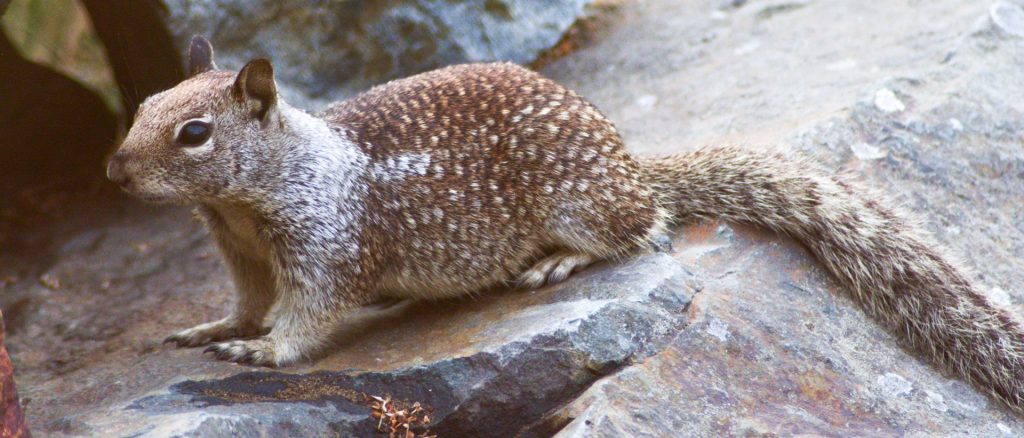
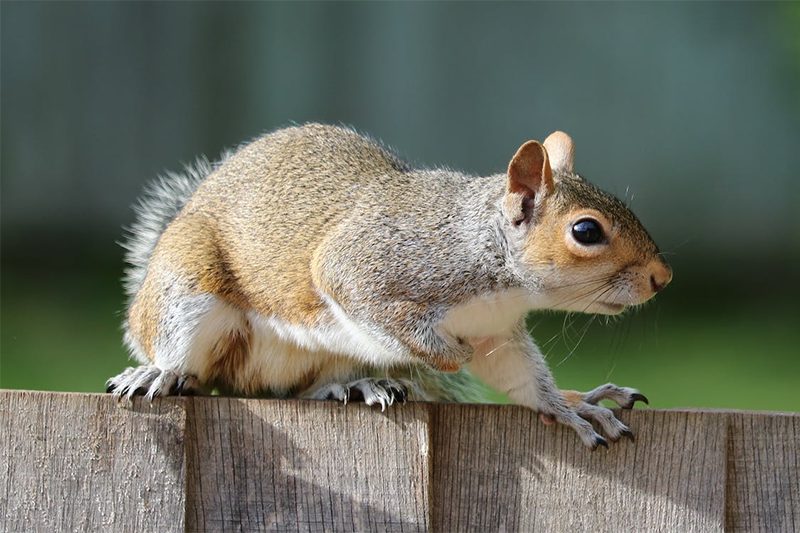
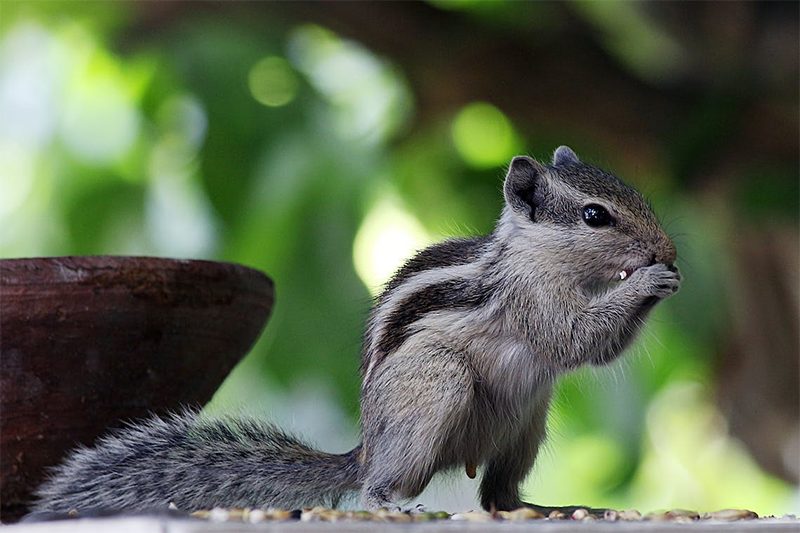
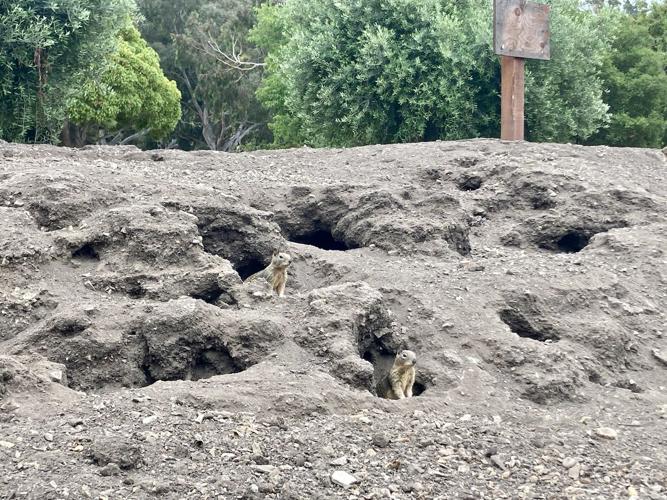
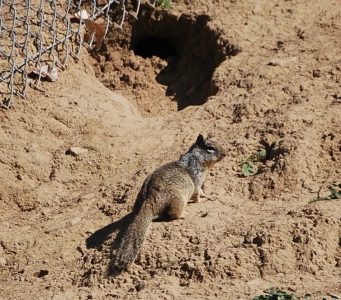
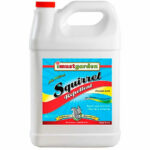
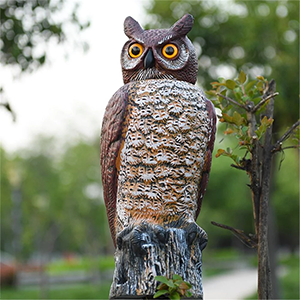
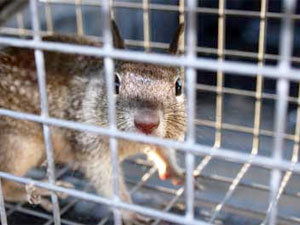
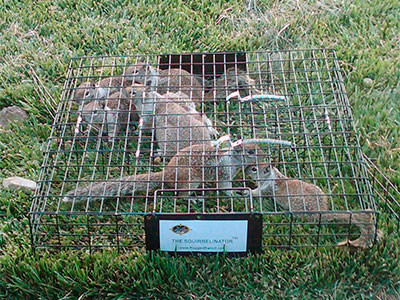
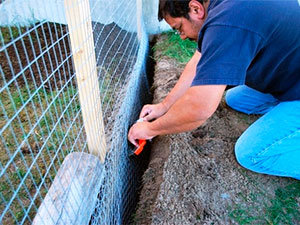
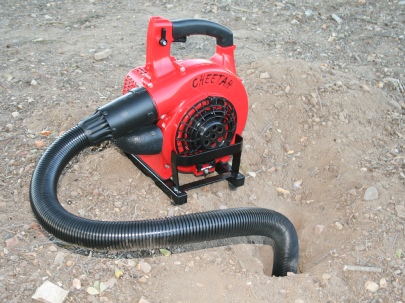
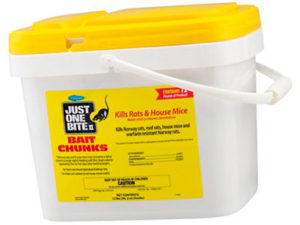
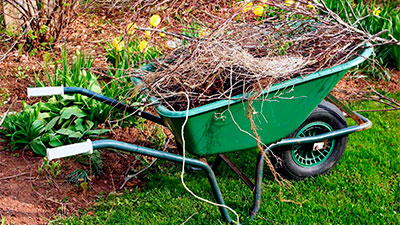
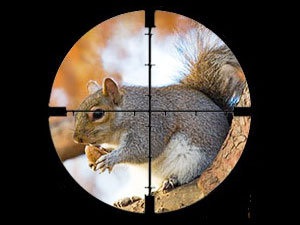 Shooting. This is a means of control of substantial populations and is a non-efficient option if used by itself. Many consider this variant time-consuming. It works in places with low populations, in fields, and when you need to control the survivors trying to run away. Shooting should never be approached. The field should be sectioned off: to begin with, concentrate your efforts in sections of 1-2 acre grids.
Shooting. This is a means of control of substantial populations and is a non-efficient option if used by itself. Many consider this variant time-consuming. It works in places with low populations, in fields, and when you need to control the survivors trying to run away. Shooting should never be approached. The field should be sectioned off: to begin with, concentrate your efforts in sections of 1-2 acre grids.

